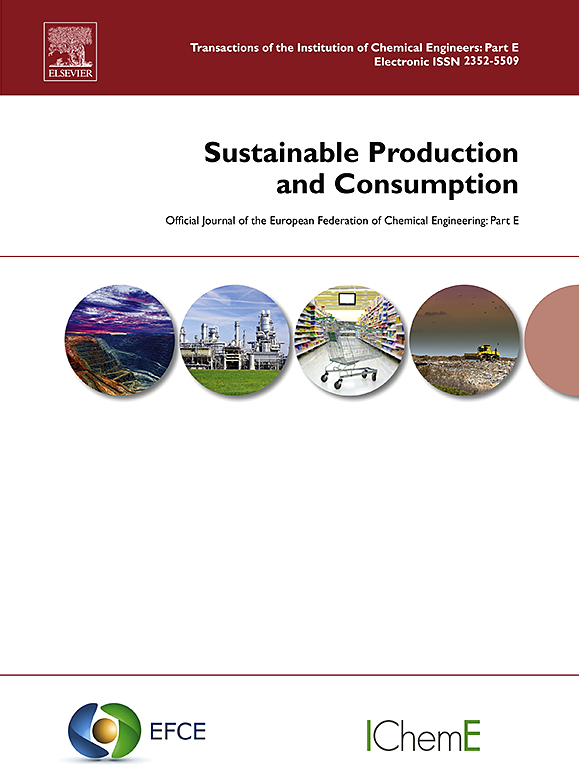Integrating life cycle assessment and ecodesign to improve product effectiveness and environmental performance: A novel approach
IF 10.9
1区 环境科学与生态学
Q1 ENVIRONMENTAL STUDIES
引用次数: 0
Abstract
The sanitizing products market has grown significantly, accelerated by the Covid-19 pandemic, which increased both production and environmental impacts, highlighting the need for sustainable alternatives. However, “green products” are often perceived as less effective than conventional ones. This study introduces a novel approach integrating life cycle assessment (LCA) with ecodesign to optimize both environmental performance and product effectiveness. The approach was validated through a case study of a large Brazilian chemical industry producing sanitizers. A degreaser floor cleaner was selected for cradle-to-grave assessment, considering raw materials, manufacturing, transport, use, and end-of-life stages. While previous research has focused on LCA and ecodesign separately, this work combines the two to address these dual objectives. Environmental performance was evaluated using a single indicator encompassing and weighing five impact categories: Primary Energy Demand, Water Consumption, Global Warming Potential, Ozone Formation Potential, and Eutrophication. Ecodesign principles guided the redesign of the cleaning product, and its effectiveness was assessed through use tests, for the proposal of 8 improvement scenarios. After redesigning with three optimization strategies (formula, dilution rate, and use method), the solutions led up to 72 % environmental impact reduction. Five of the scenarios also improved product effectiveness, i.e. cleansing. A matrix integrating both environmental and effectiveness scores was developed to select the optimal solutions. This approach could be extended to other industries to support decision-makers in the stages of product development, manufacturing, use and end-of-life, by simultaneously enhancing sustainability and effectiveness.
求助全文
约1分钟内获得全文
求助全文
来源期刊

Sustainable Production and Consumption
Environmental Science-Environmental Engineering
CiteScore
17.40
自引率
7.40%
发文量
389
审稿时长
13 days
期刊介绍:
Sustainable production and consumption refers to the production and utilization of goods and services in a way that benefits society, is economically viable, and has minimal environmental impact throughout its entire lifespan. Our journal is dedicated to publishing top-notch interdisciplinary research and practical studies in this emerging field. We take a distinctive approach by examining the interplay between technology, consumption patterns, and policy to identify sustainable solutions for both production and consumption systems.
 求助内容:
求助内容: 应助结果提醒方式:
应助结果提醒方式:


